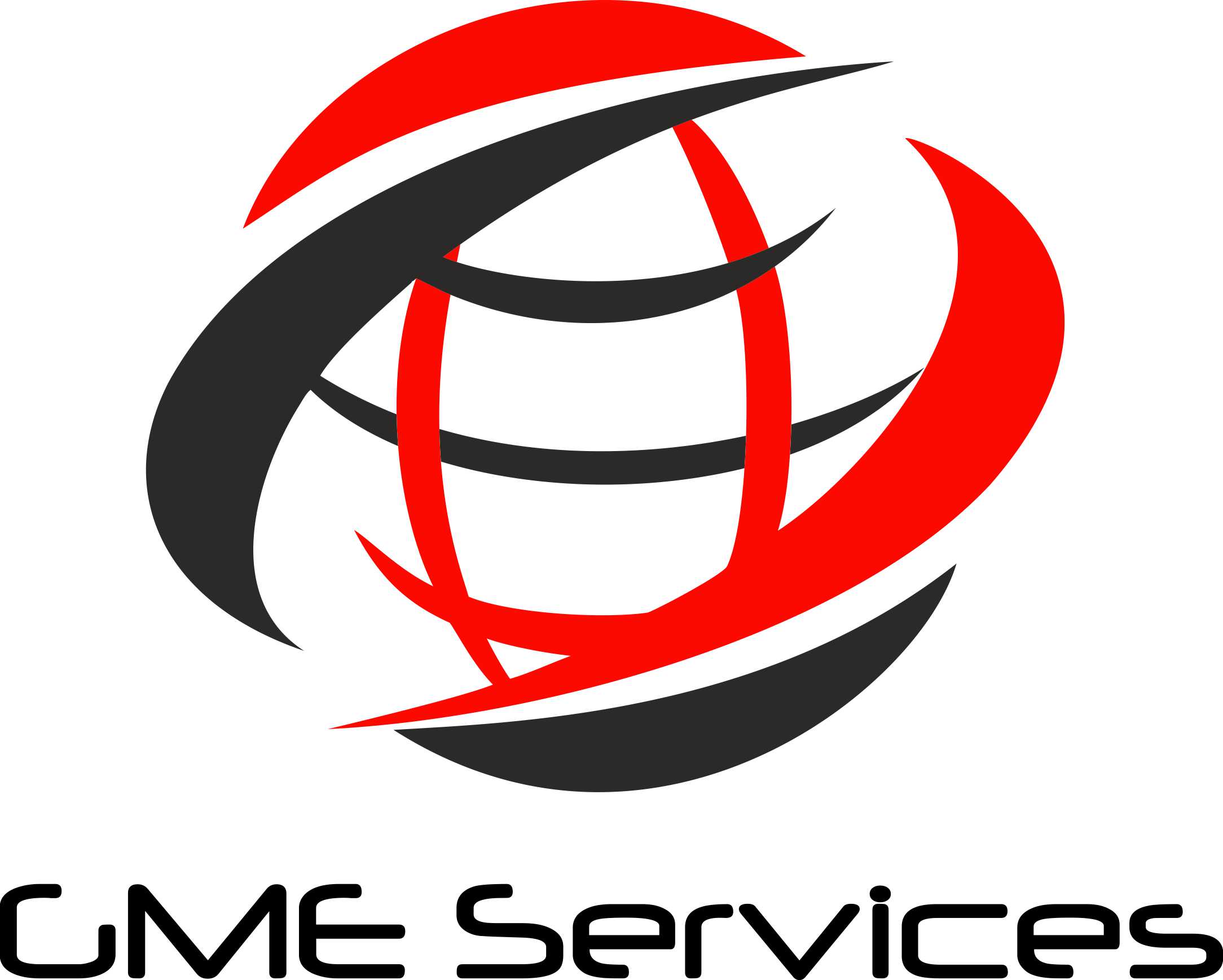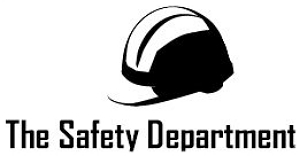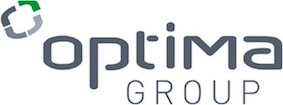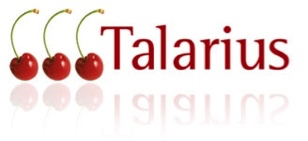Information
-
The Safety Dept Ref No:
-
Project Number & Name:
-
Overall Score:
-
Conducted on:
-
Prepared by:
-
Site Manager:
-
Location:
Site Security
-
Is port/yard security sufficient and access too working area secure from unauthorised personnel?
-
Have all operatives been issued with the appropriate security clearance and are passes and tags worn and displayed correctly?
-
Have the individual operatives tagged onto the ship? Is access to vessels strictly controlled
COVID19 Precautions
-
Has the Yard/Client undertaken all reasonable precautions to limit transmission of the virus?
-
Has the contractor taken reasonable precautions to limit transmission of the virus and complied with client requirements?
-
Have all necessary communications and briefings been given to site staff?
Documentation
-
Have site inductions been carried out for all personnel currently on site?
-
This should include the completion of the induction training from the yard, and any additional job specific induction by the Supervisor/Manager
-
Has a safe system of work been prepared, read, understood & signed for, for all operations?
-
Have all method statements and risk assessments been subject to assessment and approval process?
-
Are all relevant risk assessments completed and communicated?
-
This should include the work activity and any manual handling, CoSHH, PPE, first aid, vibration, young or more vulnerable people or any other specialist risk assessment which is required due to the nature of the task.
-
Are toolbox talks and daily briefings carried out and recorded?
-
Has the issue of PPE been recorded on the appropriate register?
-
Is there evidence of portable appliance testing and visual inspections?
-
Have all relevant permits been completed, verified, complied with and closed out?
-
This includes checking isolations tag out and lock out systems and site conditions where specified.
-
Are the correct, up to date insurance details, certifications and posters available on site?
-
Does the site file contain sufficient blank forms, including accident report forms?
-
Has an appropriate CoSHH assessment been carried out for all materials brought to and created on site?
-
Is there evidence that health and safety has been discussed at coordination and progress meetings?
-
Have training records been recorded, (including asbestos awareness, Pasma etc)?
Working at Height
-
Is work at heights carried out in a safe manner and in compliance with the safe system of work?
-
Are all openings and voids protected or guarded?
-
Has the most appropriate access equipment been selected for the tasks being undertaken?
-
Ladders and steps should only be used for short duration (less than 30mins), low risk activities or areas where it is not possible to use a working platform. Ensure podiums, ladders and steps comply with BSEN 131 and are not domestic grade.
-
Is all access equipment in a safe and efficient condition, being used correctly and for its intended purpose?
-
Is there evidence of access equipment being inspected and checked?
-
Have operatives been provided with the appropriate level of training and instruction for the access equipment they are using?
-
IPAF, for MEWPS, PASMA for mobile towers, (or equivalent) safe use and inspection of harnesses and rescue training for harness use, scaffold training for tube and clip scaffolding, basic work t heights training and toolbox talks for ladders, podiums, hop ups and steps?
Confined Spaces
-
Are Permit systems complied with?
-
Are sentries posted, no lone working, good communication?
-
Sentries must always be posted for high risk operations, painting, and blasting, at least two personnel should be at work in low risk areas to avoid lone working and increase ability to raise the alarm and affect a rescue.
-
Is atmosphere and personal monitoring in place, (SAM's & PAM's)?
-
SAMs should be placed at the lowest point in the space to detect heavier than air gases. PAMS should be worn by all operatives in confined spaces. PAMS should be checked and inspected, (tick should be displayed).
-
Are tag boards/ T cards boards in use and up to date?
Materials and Storage
-
Have arrangements been made for safe loading and unloading of materials?
-
Is waste being controlled and disposed of appropriately, waste transfer notes and licences held?
-
Consider access routes, crane lifts and manual handling etc.
-
Is there evidence of the materials routes having been checked?
Incident Reporting
-
Have all incidents, accidents, near misses been reported and processed correctly?
-
Including compliance with data protection.
-
Is the site manager aware of the RIDDOR requirements and where necessary have incidents and accidents been reported correctly?
Welfare & First Aid
-
Are the welfare facilities on site clean?
-
Is there a supply of drinking water and hot (or warm) and cold water on site?
-
This must include a supply of warm water in in or near the toilets for hand washing and a means of boiling water.
-
Is there a suitable place for operatives to rest, eat and drink?
-
Are there facilities for drying clothing and getting changed?
-
Are there sufficient, suitable first aid facilities available?
-
Are nominated first aiders identified/identifiable?
-
Are sufficient first aid facilities available, up to date, clean, well stocked and prominently displayed?
Housekeeping and Traffic Routes?
-
Are cables managed appropriately?
-
Are working areas and pedestrian routes kept clean and tidy?
-
Are routes clear and unobstructed?
-
Are all gangplanks, walkways and access bridges in a safe condition and properly secured/constructed?
-
Is their appropriate signage on access and evacuations routes?
-
Is their sufficient segregation between vehicles and pedestrians dock side?
Plant and Equipment
-
Are hand tools safe, appropriate, well maintained and used correctly?
-
Are power tools, safe, appropriate, well maintained and used correctly?
-
Is appropriate guarding in place on all plant machinery and equipment?
-
Is ship-to-shore/high voltage electrical supply in good order, suitably protected, routed and secured?
-
Are hoists & cranes in good order and used safely?
-
Are lifting equipment and lifting aids in good condition with evidence of recent inspection and used only by train operatives?
-
Is there an appropriate lifting plan in place for all lifting activities?
-
Major lifts should be under contract lift only. Where an installation requires the use of specialist lifting equipment or cranage it must be subject to a lifting plan and method statement which must be prepared and check by an appointed person. Lifts should only be carried out by appropriately trained AP's, lift supervisors and slinger signallers.
PPE
-
Is appropriate PPE available, maintain, worn and used correctly on this site?
Manual Handling
-
Are manual handling operations being carried out safely and within current guidence?
Fire
-
Is adequate fire fighting equipment available in sufficient quantities and maintained, in date and in service?
-
Are emergency procedures and signage clearly displayed?
-
Are temporary buildings adequately maintained?
-
As no smoking procedures established and complied with?
-
Are emergency exit routes safe, unobstructed and clearly signed?
-
Are appropriately trained fire sentries available and equipped correctly for all hot works?
Environmental
-
Is general and task lighting suitable and sufficient?
-
Is noise managed appropriately?
-
Are dust, vapour and fume levels sufficiently controlled?
Hazardous Substances & Gases
-
Are all hazardous substances dealt with in accordance with the relevant CoSHH assessment?
-
Are hazardous substances stored safely?
-
Is appropriate LEV, RPE and PPE in use?
-
Is general Ventilation, Extraction and Local Exhaust Ventilation sufficient for the levels of fume and sited to reduce fume in all areas to as low as is reasonably practicable?
-
Ensure colour coded air supplies are not confused or connected. Red - extract, blue - ventilation, Yellow - LEV, Grey - Paint fume (flammable).
-
Is their adequate asbestos information on site and has it been removed from the scope of works prior to starting?
-
Are all gases suitably stored, connected, disconnected?
-
Gas bottles must not be stored inside confined or restricted spaces only on deck or on dock side in suitable cages?
RadHaz and ShipHaz
-
Have all radiation hazards been removed from the working area?
-
Is sufficient information provided about radiation hazards including timings and locations?
-
Is sufficient information provided about ships hazards possible movement of equipment, fuel and munitions risks etc including timings and locations?
Signage and Notices
-
Are fire and emergency signs clearly displayed?
-
Is there sufficient directional signage?
-
Are there sufficient hazard warning signs including hot works, confined spaces, ShipHaz and Radhaz?
-
Are the relevant notices and documents displayed?
Health Surveillance
-
Have any pre existing medical conditions been identified during induction or work?
-
Have any conditions with possible negative effects on human health been identified?
-
Leptospirosis, lung infection, tropical disease, lead poisoning, other remain related issues, welders lung, eye sight, hearing etc.
Closeout
-
Have all items picked up on the previous report been appropriately actioned?
-
Site managers should record the actions they take to close out the items on this report, on a printed copy of this report or within the site dairy. A copy of this report should be added to the site file.
Closeout
-
Additional information/auditors comments:
-
Supervisor / Manager:
-
Auditor:













